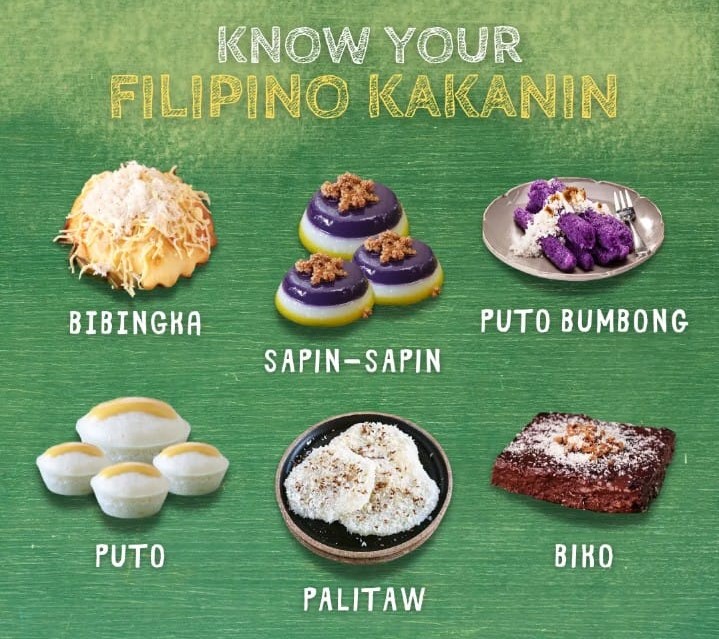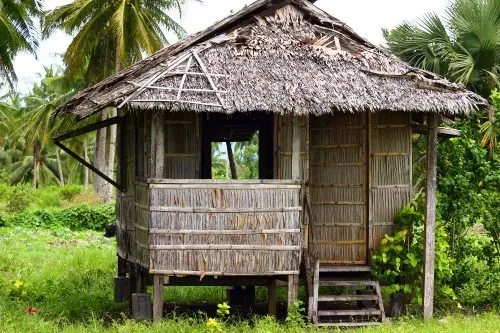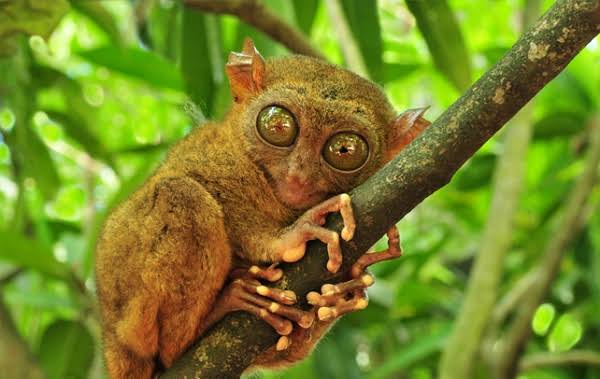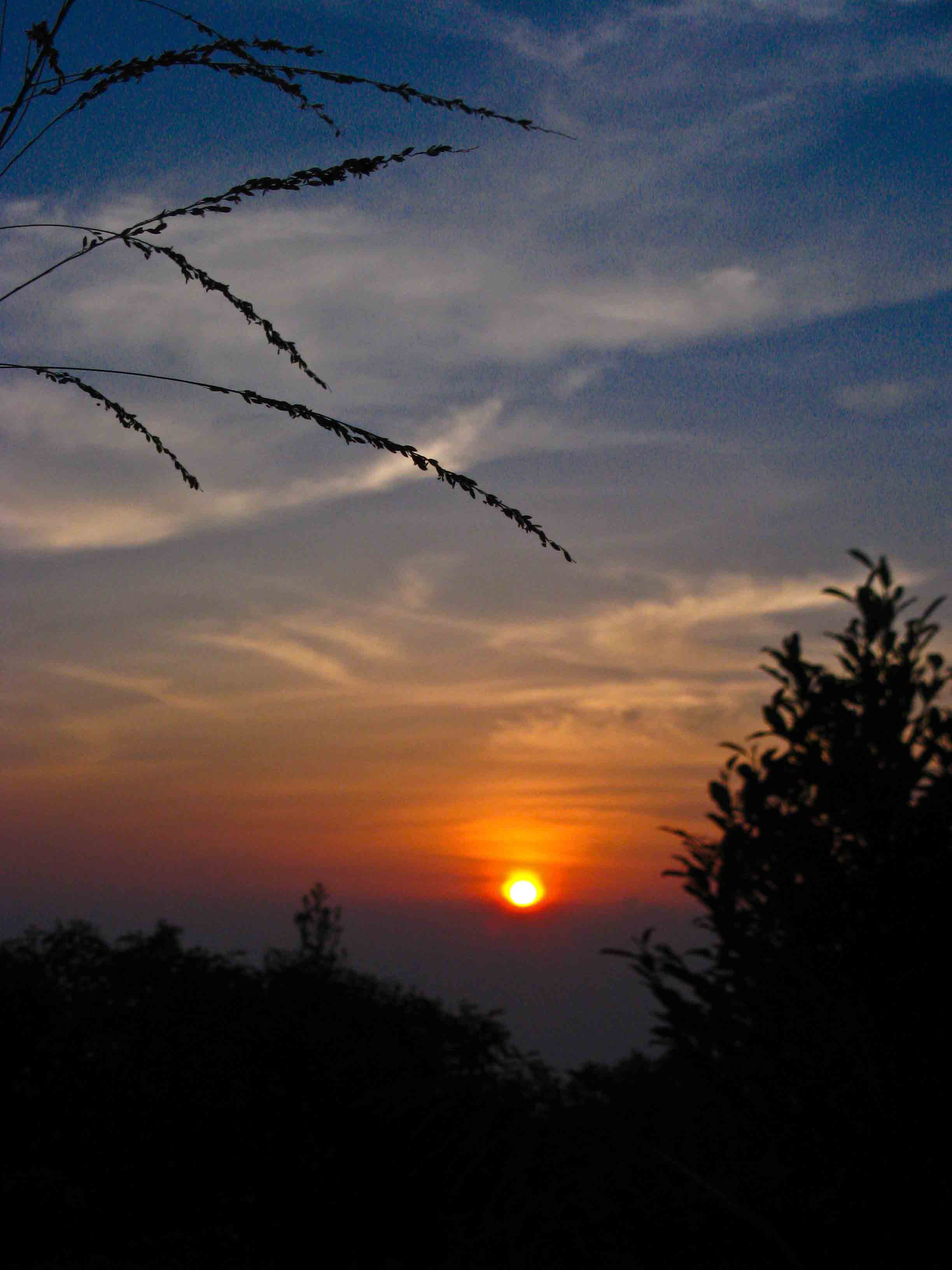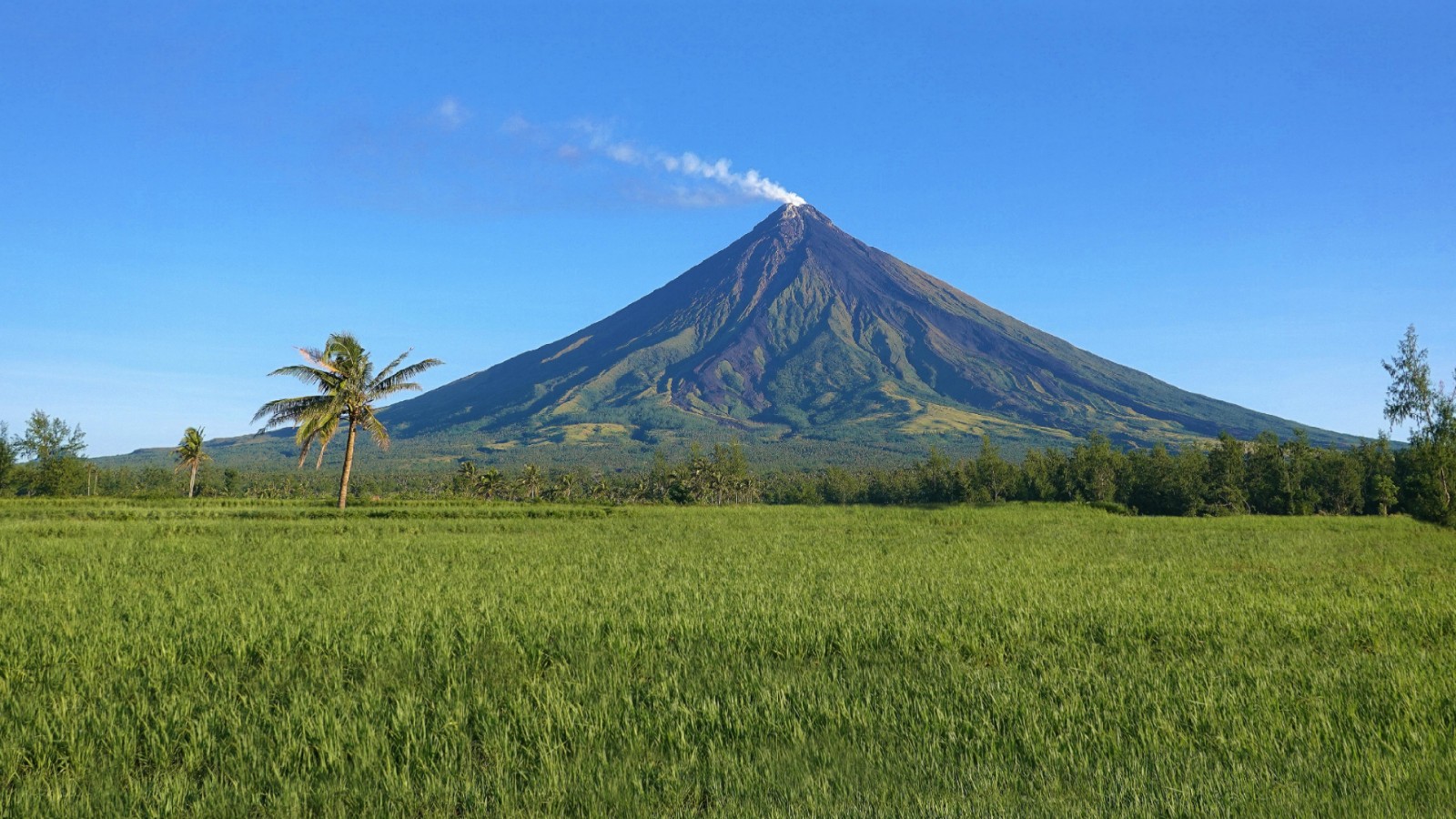<a href="https://somee.social/search/hashtag/HomeTown">#HomeTown</a><br />
<br />
Fellow SoMeeian this is Nueva Ecija. One of the provinces located in the island of Luzon-Philippines. A 2 and a half hour drive from Manila. Nueva Ecija is an agricultural province and is known as the "Rice Granary" of the Philippines. "Tricycle Capital of the Philippines" and "Milk Capital of the Philippines". Most of its agricultural land is untouched, undeveloped and is being used for farming and poultry. Hence it is not left behind with its nearby provinces when it comes to health care innovations, educational services and facilities, delicacies and tourist destinations such as:<br />
<br />
Minalungao Park<br />
Pantabangan Lake<br />
Lupao Pinsal Falls<br />
Nabao Lake<br />
Fort Magsaysay Dam (Pahingahan)<br />
Tanawan<br />
Highland Bali Resor<br />
<br />
One of the province's university- CLSU university has also been cited as one of the 100 most significant educational institutions in Asia.<br />
<br />
<a href="https://somee.social/search/hashtag/ProjectPhDbyJED">#ProjectPhDbyJED</a><br />
<a href="https://somee.social/search/hashtag/NuevaEcija">#NuevaEcija</a><br />
<a href="https://somee.social/search/hashtag/Philippines">#Philippines</a><br />
<br />
<a target='_blank' rel='nofollow' href="https://youtu.be/x8zQFqXu5tk">https://youtu.be/x8zQFqXu5tk</a><br/>[#HomeTown
Fellow SoMeeian this is Nueva Ecija. One of the provinces located in the islan](https://somee.social/posts/683604)
----------- REFERENT URL ---------------
https://somee.social/search/hashtag/HomeTown
https://somee.social/search/hashtag/ProjectPhDbyJED
https://somee.social/search/hashtag/NuevaEcija
https://somee.social/search/hashtag/Philippines
https://youtu.be/x8zQFqXu5tk
<br />
Fellow SoMeeian this is Nueva Ecija. One of the provinces located in the island of Luzon-Philippines. A 2 and a half hour drive from Manila. Nueva Ecija is an agricultural province and is known as the "Rice Granary" of the Philippines. "Tricycle Capital of the Philippines" and "Milk Capital of the Philippines". Most of its agricultural land is untouched, undeveloped and is being used for farming and poultry. Hence it is not left behind with its nearby provinces when it comes to health care innovations, educational services and facilities, delicacies and tourist destinations such as:<br />
<br />
Minalungao Park<br />
Pantabangan Lake<br />
Lupao Pinsal Falls<br />
Nabao Lake<br />
Fort Magsaysay Dam (Pahingahan)<br />
Tanawan<br />
Highland Bali Resor<br />
<br />
One of the province's university- CLSU university has also been cited as one of the 100 most significant educational institutions in Asia.<br />
<br />
<a href="https://somee.social/search/hashtag/ProjectPhDbyJED">#ProjectPhDbyJED</a><br />
<a href="https://somee.social/search/hashtag/NuevaEcija">#NuevaEcija</a><br />
<a href="https://somee.social/search/hashtag/Philippines">#Philippines</a><br />
<br />
<a target='_blank' rel='nofollow' href="https://youtu.be/x8zQFqXu5tk">https://youtu.be/x8zQFqXu5tk</a><br/>[#HomeTown
Fellow SoMeeian this is Nueva Ecija. One of the provinces located in the islan](https://somee.social/posts/683604)
----------- REFERENT URL ---------------
https://somee.social/search/hashtag/HomeTown
https://somee.social/search/hashtag/ProjectPhDbyJED
https://somee.social/search/hashtag/NuevaEcija
https://somee.social/search/hashtag/Philippines
https://youtu.be/x8zQFqXu5tk
<a href="https://somee.social/search/hashtag/HomeTown">#HomeTown</a><br />
<br />
Fellow SoMeeian this is Nueva Ecija. One of the provinces located in the island of Luzon-Philippines. A 2 and a half hour drive from Manila. Nueva Ecija is an agricultural province and is known as the "Rice Granary" of the Philippines. "Tricycle Capital of the Philippines" and "Milk Capital of the Philippines". Most of its agricultural land is untouched, undeveloped and is being used for farming and poultry. Hence it is not left behind with its nearby provinces when it comes to health care innovations, educational services and facilities, delicacies and tourist destinations such as:<br />
<br />
Minalungao Park<br />
Pantabangan Lake<br />
Lupao Pinsal Falls<br />
Nabao Lake<br />
Fort Magsaysay Dam (Pahingahan)<br />
Tanawan<br />
Highland Bali Resor<br />
<br />
One of the province's university- CLSU university has also been cited as one of the 100 most significant educational institutions in Asia.<br />
<br />
<a href="https://somee.social/search/hashtag/ProjectPhDbyJED">#ProjectPhDbyJED</a><br />
<a href="https://somee.social/search/hashtag/NuevaEcija">#NuevaEcija</a><br />
<a href="https://somee.social/search/hashtag/Philippines">#Philippines</a><br />
<br />
<a target='_blank' rel='nofollow' href="https://youtu.be/x8zQFqXu5tk">https://youtu.be/x8zQFqXu5tk</a><br/>[#HomeTown
Fellow SoMeeian this is Nueva Ecija. One of the provinces located in the islan](https://somee.social/posts/683604)
----------- REFERENT URL ---------------
https://somee.social/search/hashtag/HomeTown
https://somee.social/search/hashtag/ProjectPhDbyJED
https://somee.social/search/hashtag/NuevaEcija
https://somee.social/search/hashtag/Philippines
https://youtu.be/x8zQFqXu5tk
0 Comments
0 Shares
3363 Views





